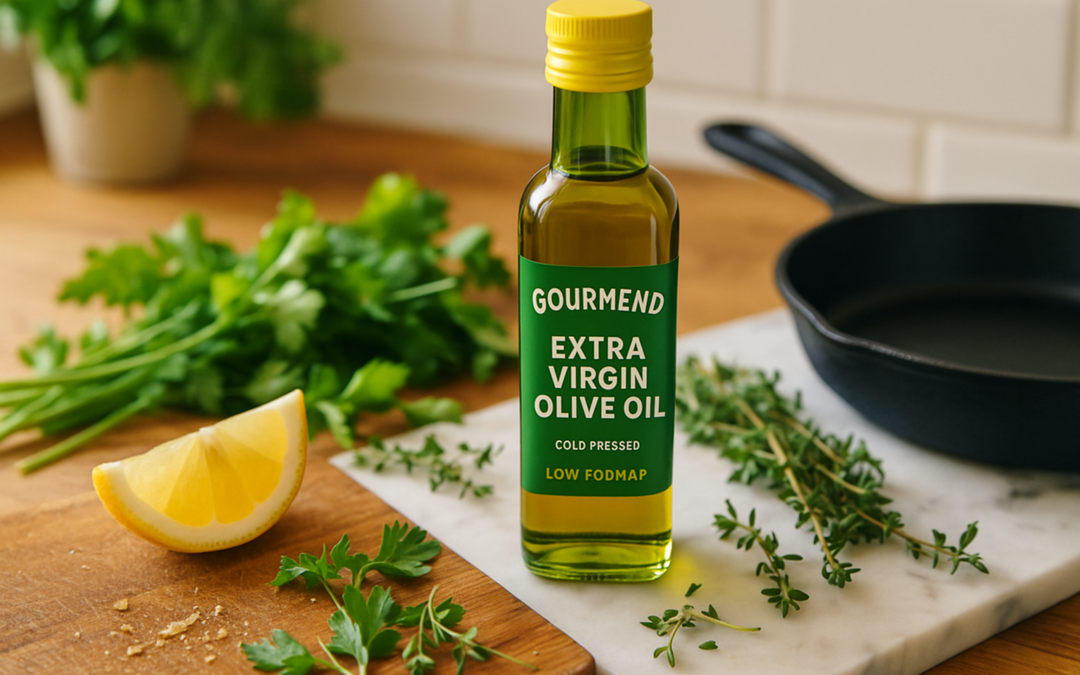Mastering the Art of Low FODMAP Salad Dressings: A Galactic Guide
Hey fellow space travelers of the gut galaxy, it’s Alastair here from the MyTechRemedy Blog, your trusty guide through the nebulous universe of low FODMAP living. If you’ve ever stumbled upon the low fodmap salad dressing galaxy, you know that crafting a dressing that’s both tasty and tummy-friendly can seem like decoding alien languages. But fear not! I’m here to break down the cosmic code and help you whip up salad dressings that keep your digestive system happy without sacrificing flavor.
The Challenge: High-FODMAP Ingredients in Dressings
Salad dressings often hide the dark matter of the FODMAP universe—ingredients like onions, garlic, and certain vinegars that can cause all sorts of digestive turbulence. These are your usual suspects in bringing flavor but can send your gut into hyperspace distress. So, the first mission is to identify these troublemakers and replace them with low-FODMAP allies.
Onions and Garlic: The Darth Vaders of FODMAPs
Standard recipes often call for onion and garlic, but according to the latest serving data, both are strictly off-limits in their usual forms. Onion, in any raw or standard cooked form, is not low FODMAP even at the tiniest serving, and garlic is similarly banned. Instead, we enlist the green parts of leeks or spring onions (only the green tops), fresh chives, or specialized powders like Gourmend Garlic Scape Powder and Gourmend Green Onion Powder. These provide that savory umami punch without triggering your gut’s hyperspace alarms.
Broth and Stock: Use Certified Low FODMAP Galactic Fuel
When a dressing calls for broth or stock, steer clear of typical commercial options. Replace them with certified low FODMAP options like Gourmend Chicken, Beef, or Vegetable Broth. They’re your fuel cells for flavor, and, importantly, they come without the FODMAP black hole.
Vinegars and Sweeteners: Navigating the Fine Line
Many dressings rely on vinegars for tang, but beware: apple cider, balsamic, malt, red wine, and white wine vinegars are high FODMAP or not recommended. Instead, opt for white vinegar (only if low FODMAP certified) or better yet, use alternatives like lemon juice or lime juice, both low FODMAP when used within limits (1 tablespoon per serve). For sweetening, swap honey and agave (which are limited to a minuscule serving size) for pure maple syrup or white sugar, both safe at any amount and great for balancing acidity.
Fruit and Veggie Swaps: Keeping It Crunchy and Compliant
Some recipes might call for high-FODMAP fruits like apples or high-FODMAP veggies like bell peppers or tomatoes. For example, Granny Smith apples are limited to roughly 26 grams per serve, which is barely a slice. Instead, consider swapping in papaya or pineapple (within their safe serving sizes) for a tropical twist, or use carrots for crunch, although raw carrot is generally high FODMAP, so ensure portion control or cooking. For herbs, fresh parsley or chives are your trusty sidekicks, while basil and oregano in their fresh or dried forms are best avoided due to their high FODMAP status.
Cheese and Dairy: Choose Wisely
If your dressing recipe includes dairy, pick lactose-free or hard cheeses that are low FODMAP at any serving size, like Parmigiano-Reggiano or Swiss. Avoid cream cheese beyond 40 grams per serve, and opt for lactose-free yogurt or thickened cream if needed. This careful navigation keeps your dressing creamy without igniting the FODMAP supernova.
Recipe Reboot: A Low FODMAP Salad Dressing Starship
Here’s a blueprint for a bright, tangy, and gut-friendly vinaigrette that’s easy to make and kind to your digestion:
- 3 tablespoons garlic-infused olive oil (avoid actual garlic pieces to keep FODMAPs at bay)
- 1 tablespoon lemon juice (freshly squeezed, max 21g per serve)
- 1 teaspoon Dijon mustard (ensure no onion or garlic added; some brands are low FODMAP)
- 1 teaspoon pure maple syrup (safe sweetener with no serving limit)
- 1 tablespoon chopped fresh chives or green parts of leek (for that oniony kick)
- Salt and freshly ground black pepper to taste
Whisk these together like a hyperspace pilot adjusting the controls, and you’ll have a dressing that’s fresh, flavorful, and safe for your low FODMAP journey.
Why These Swaps Matter
This isn’t just about limiting ingredients; it’s about keeping your gut in balance while still enjoying your meals. For example, garlic-infused oil contains the flavor compounds that make garlic great but without the FODMAPs that lurk in the actual cloves. Similarly, lemon juice adds brightness without the high FODMAP risk of certain vinegars. By respecting portion sizes and ingredient swaps, you’re essentially programming your digestive system for a smooth mission.
Final Thoughts: Low FODMAP, High Flavor
Low FODMAP salads and dressings don’t need to be bland or complicated. With a little cosmic wisdom and ingredient reconnaissance, you can craft dressings that make your veggies shine without causing a digestive black hole. Remember, the key is in the details—avoiding onion and garlic in their traditional forms, using certified low FODMAP broths, sticking to safe fruits and veggies, and being mindful with dairy and sweeteners.
So next time you’re prepping your salad for a light lunch aboard your starship—or just at home—use these tips and the recipe above to keep your gut happy and your taste buds thrilled. For more low FODMAP inspiration, check out the original low fodmap salad dressing article and keep your culinary adventures safe and stellar.
Until next time, keep your forks sharp and your digestion smooth!
Checkout ProductScope AI’s Studio (and get 200 free studio credits)

